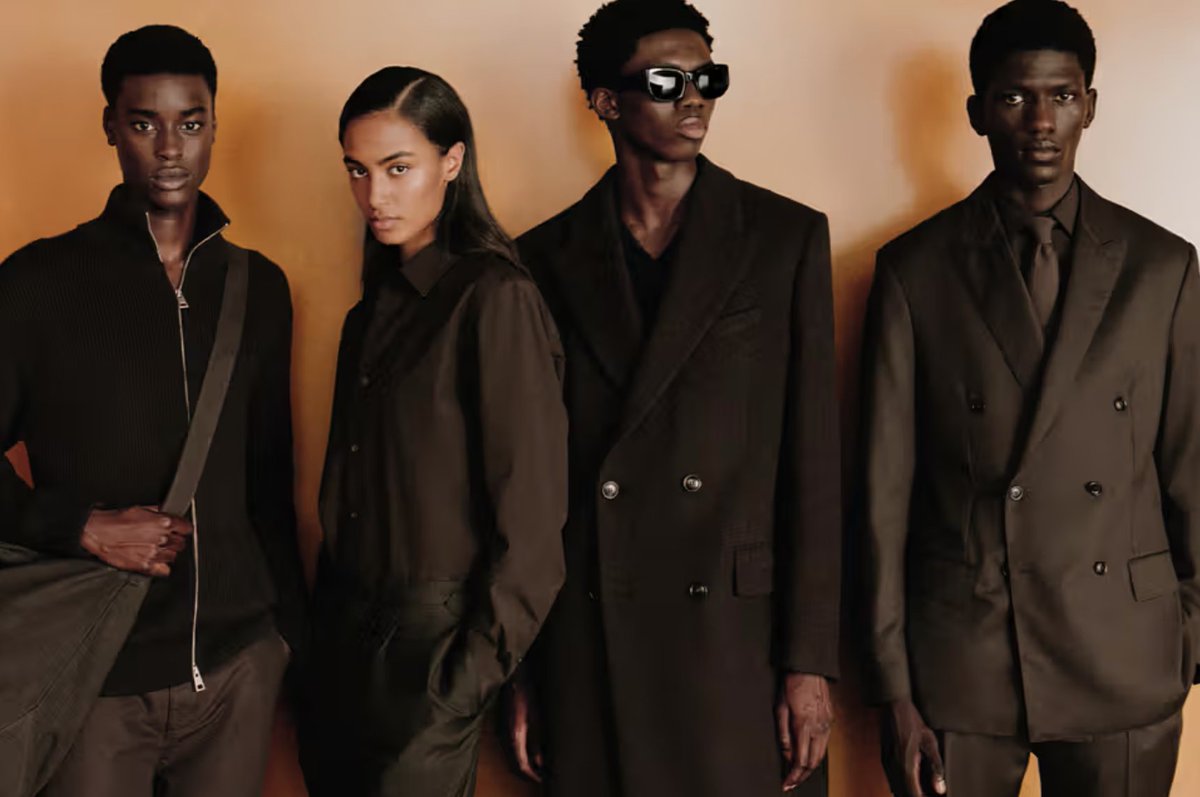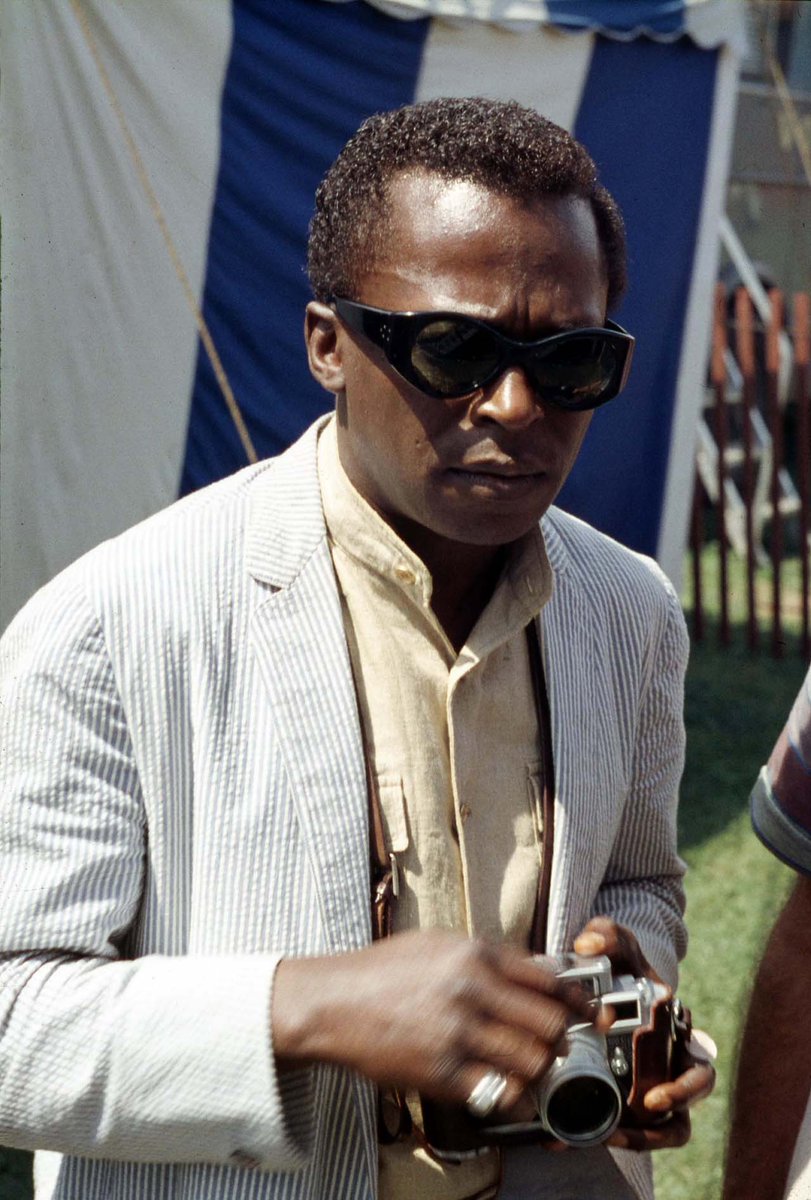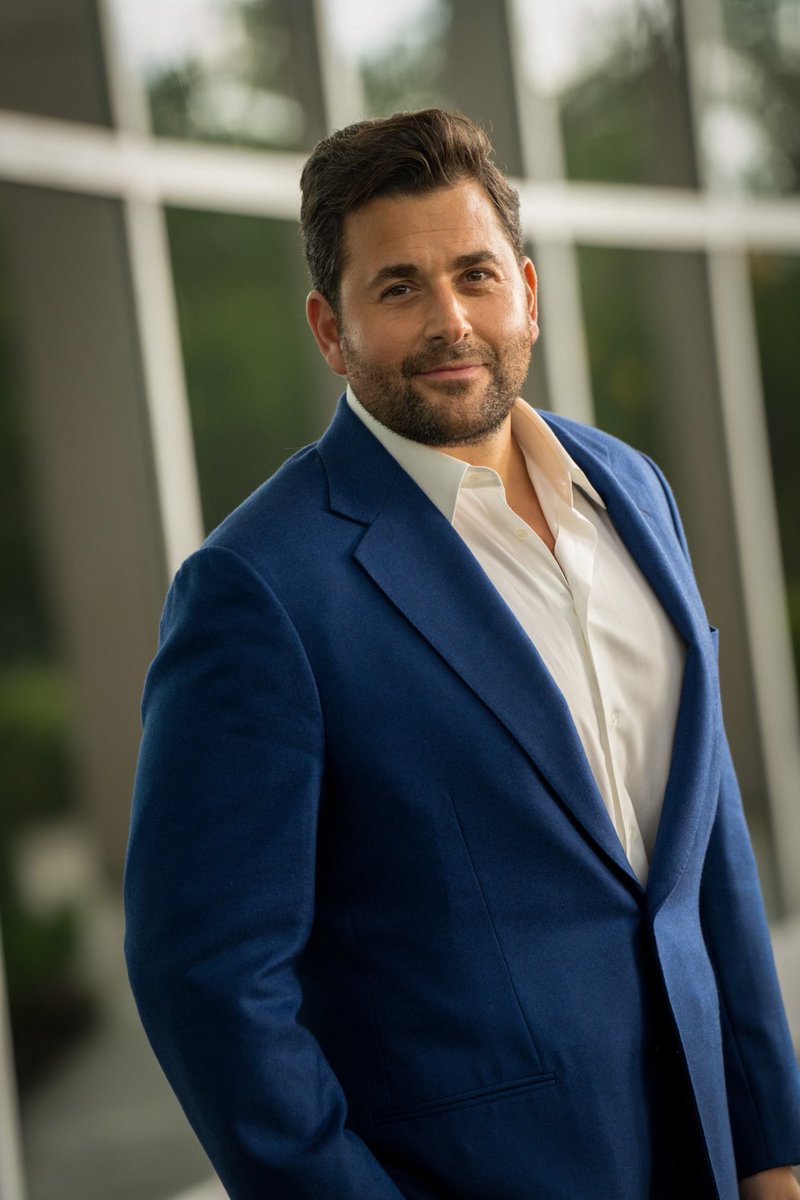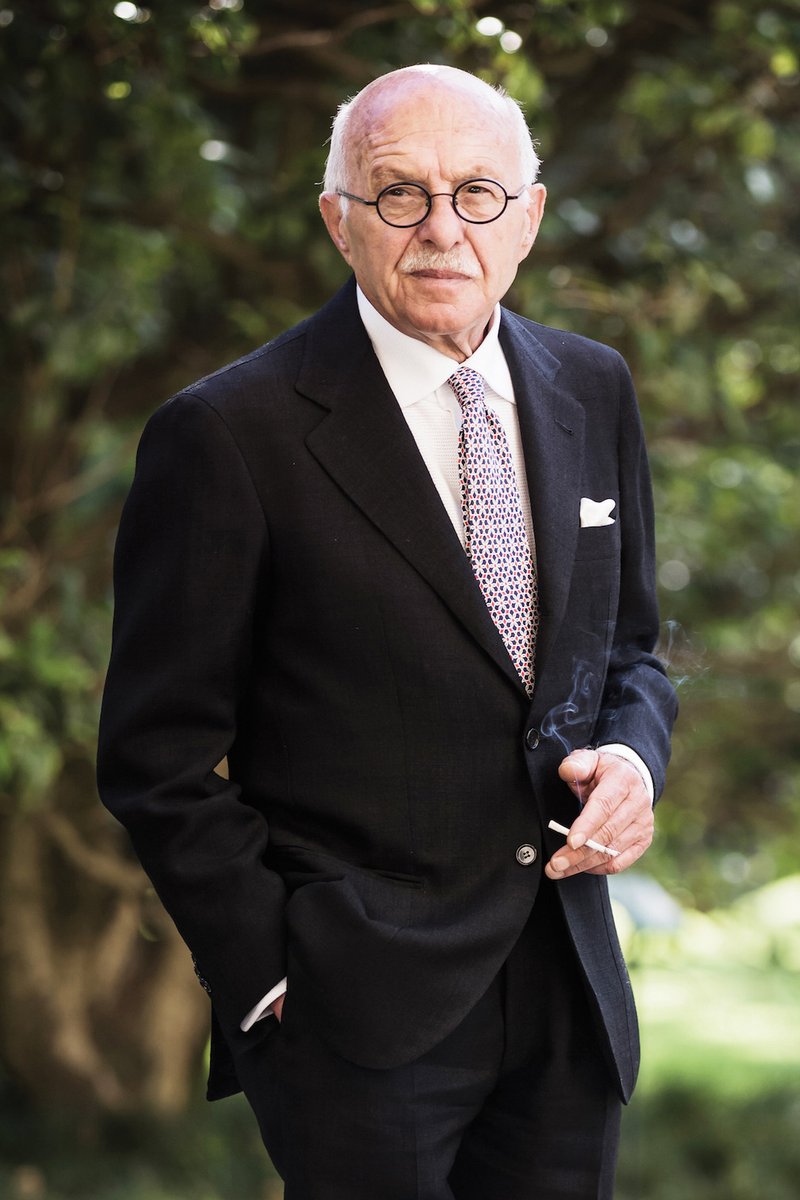I think I've done a pretty good job of covering a wide range of budgets for people who are interested in dressing better. Here are just some resources: 

I've done multiple Twitter threads on how to find cool clothes on eBay:
https://twitter.com/dieworkwear/status/1652526577610289152
Here is a post with tons of suggestions on how to build a wardrobe on a budget
putthison.com/is-it-classist…
putthison.com/is-it-classist…
Here's a series on affordable outwear (I've written multiple posts like this for nearly every product category and have done deep dives into specific items that I love and personally wear, such as Lee's 101J)
putthison.com/tag/outerwear-…
putthison.com/tag/outerwear-…
In my guide for where to shop for a suit or sport coat, prices begin at $300 (they can be even lower on sale)
dieworkwear.com/2020/09/25/whe…
dieworkwear.com/2020/09/25/whe…
Twice a week for the last 12 years, I've rounded up cool menswear auctions on eBay and published them in lists that are publicly available at Put This On. Every Sunday, I also send out a list of store sales and even more eBay auctions to subscribers
putthison.com/tag/ebay-round…
putthison.com/tag/ebay-round…
Here's one more post about how to shop on a budget
There's too much to mention here, but you can find many of these resources by just searching Put This On's archive. You can do so by using the nav bar at the top of the site.
putthison.com/how-to-shop-on…
There's too much to mention here, but you can find many of these resources by just searching Put This On's archive. You can do so by using the nav bar at the top of the site.
putthison.com/how-to-shop-on…
I'm not trying to be rude, but I can't find specific things for your specific wardrobe, given your specific budget. But I have published a lot of content that spans a very wide range of budgets, and you can use those resources to find what works for you.
• • •
Missing some Tweet in this thread? You can try to
force a refresh

 Read on Twitter
Read on Twitter






















